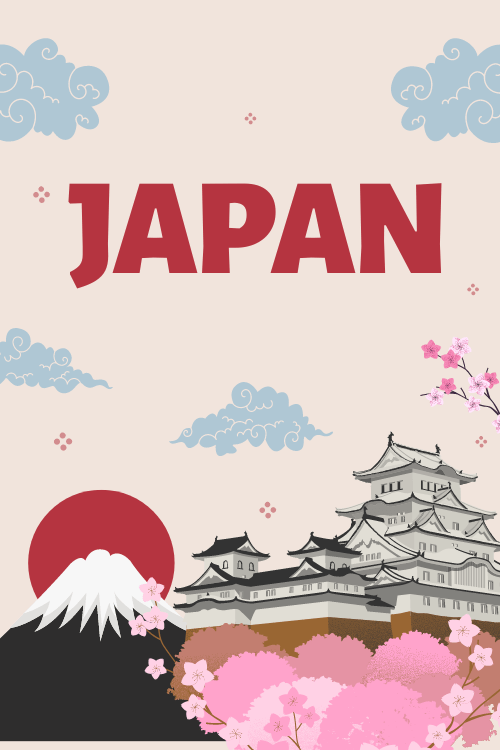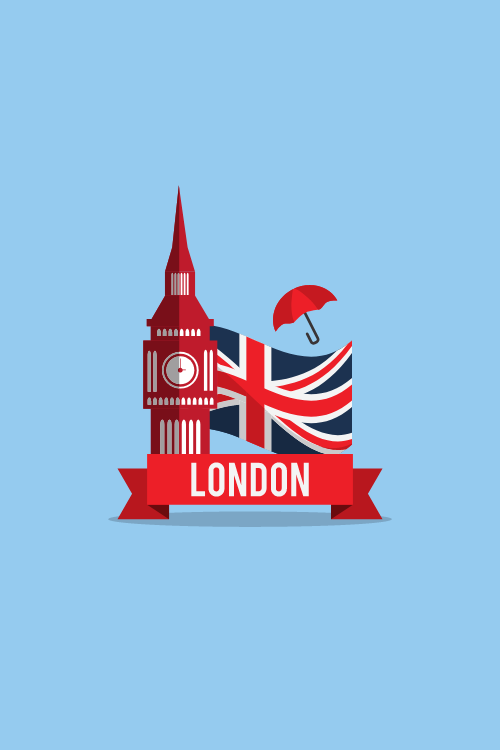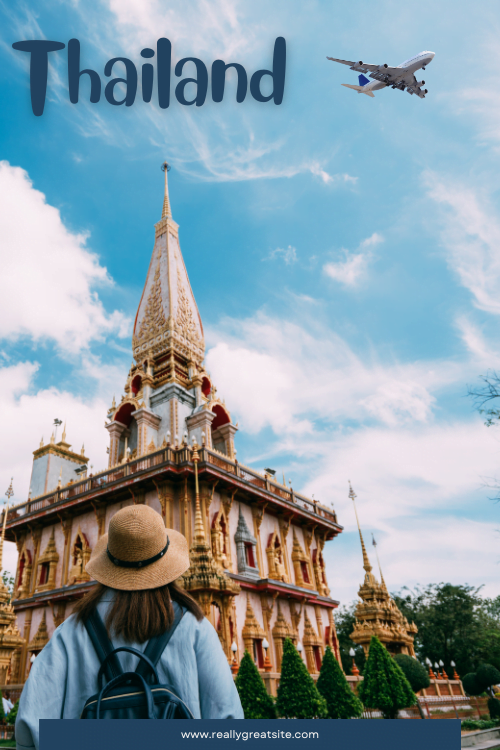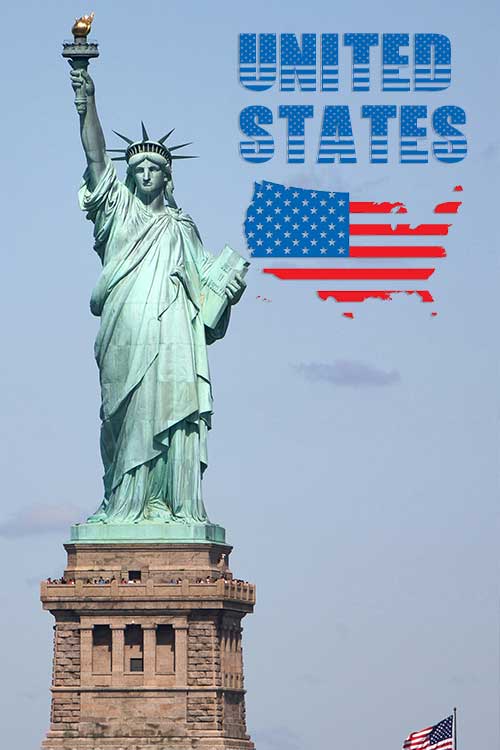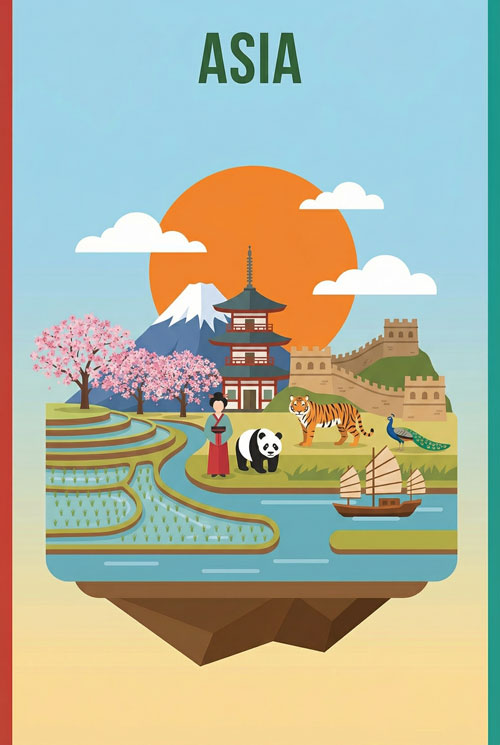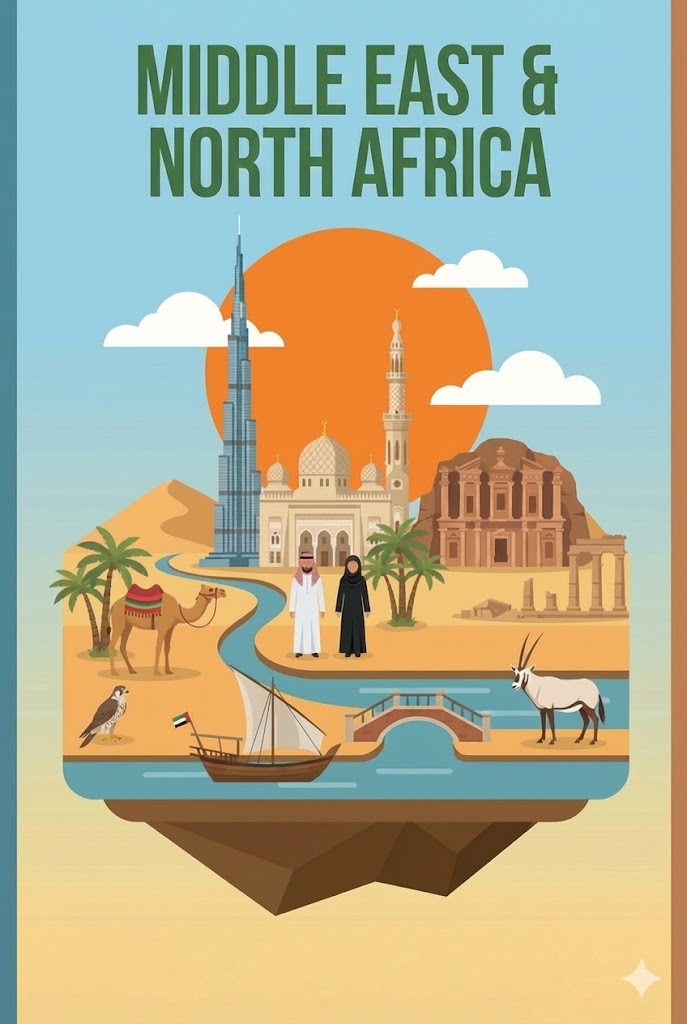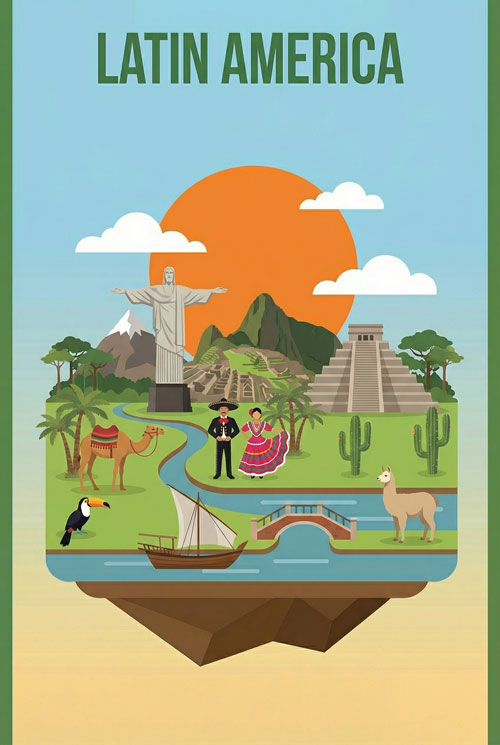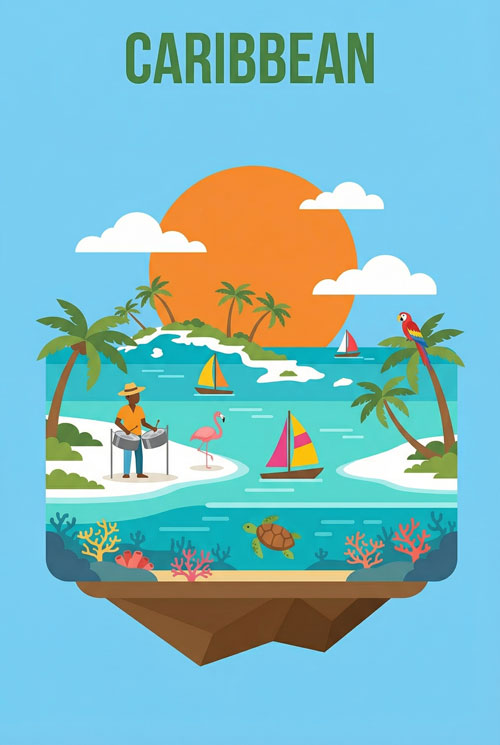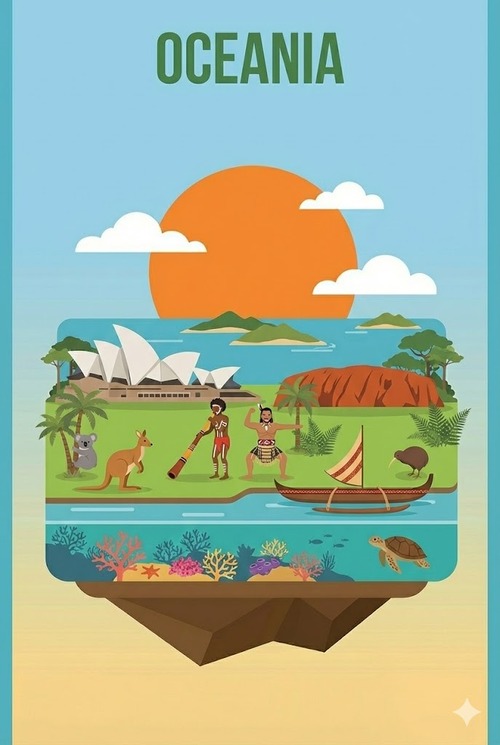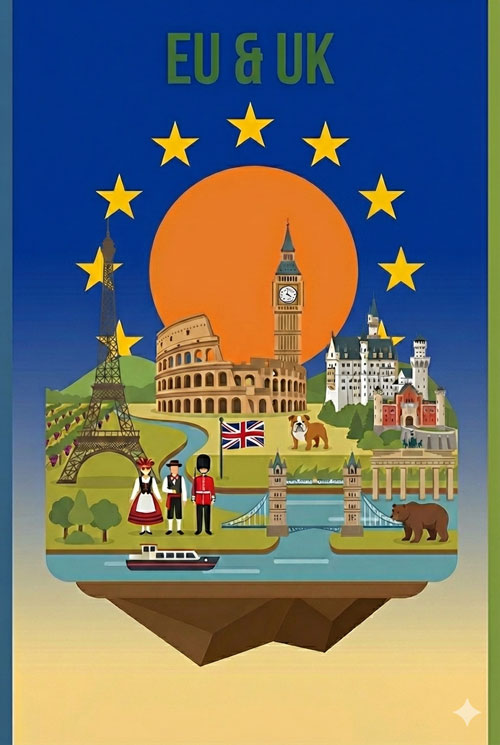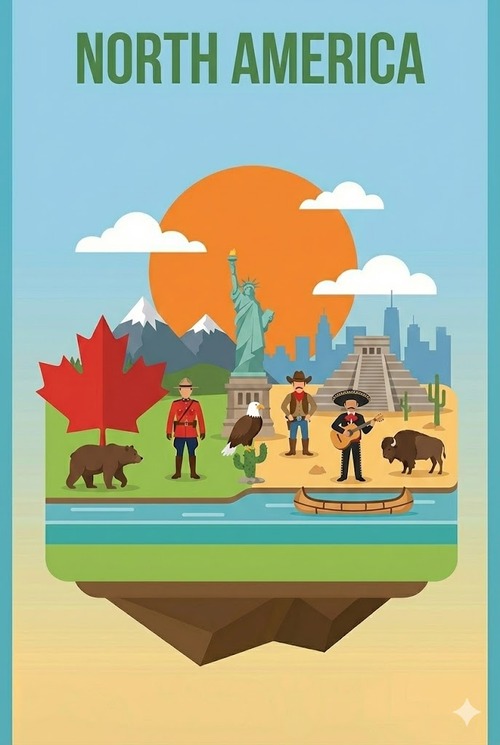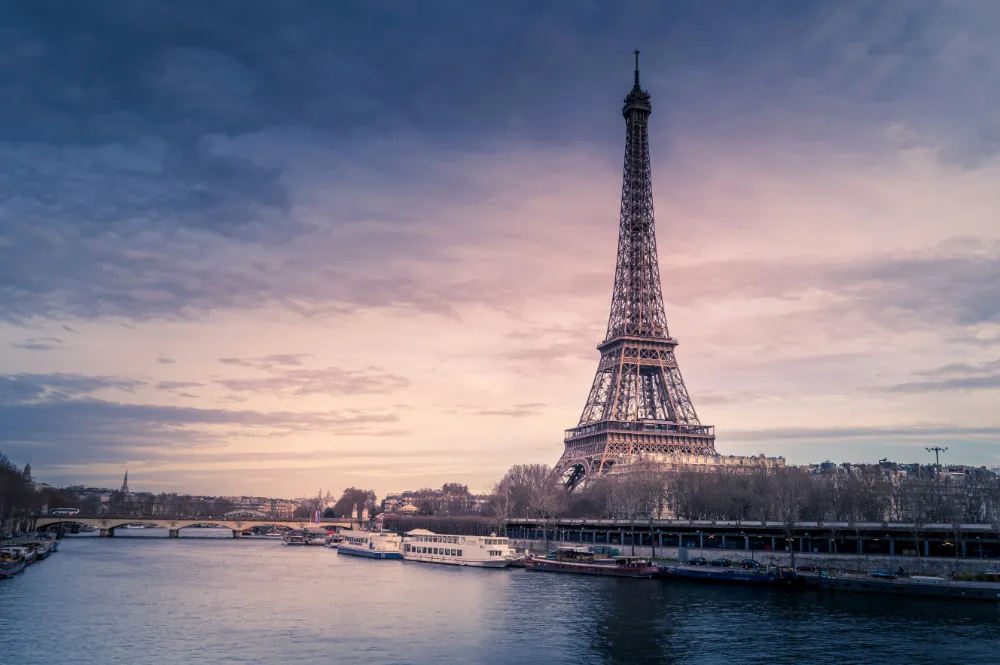eSIM France
The Best Time to Visit France: Your Complete Travel Planning Guide
The optimal time to visit France is late spring (May-June) or early fall (September-October). These periods offer the perfect combination of pleasant weather, manageable crowds, and reasonable prices.
However, your ideal travel window depends on your priorities, budget, and planned activities.
France experiences four distinct seasons, each offering unique advantages and drawbacks. Understanding these patterns will help you make an informed decision about when to book your trip.
Find Your Perfect French Season
Answer a few quick questions to get a personalized recommendation for when to visit France based on your travel style.
Your ideal time to visit is…
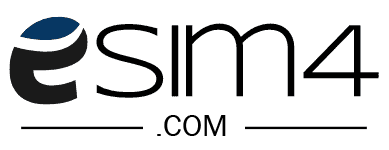
Stay Connected in France!
Get affordable, high-speed mobile data with an eSIM. Activate instantly on your phone and avoid expensive roaming fees.
Get Your France eSIMQuick Decision Guide: When to Visit France
| Season | Best For | Avoid If | Weather | Crowds | Prices |
|---|---|---|---|---|---|
| May-June | First-time visitors, sightseeing | You hate moderate crowds | Mild, sunny | Moderate | Medium |
| September-October | Experienced travelers, food lovers | You need guaranteed sunshine | Pleasant, crisp | Light | Medium |
| July-August | Beach lovers, families | You hate crowds and heat | Hot, busy | Heavy | High |
| November-March | Budget travelers, culture seekers | You need warm weather | Cold, rainy | Minimal | Low |
Peak Season: July and August
Summer represents France’s peak tourist season, and for good reason. You’ll find the warmest weather, longest days, and most vibrant atmosphere. However, these benefits come with significant drawbacks.
Advantages of Summer Travel:
- Warmest weather (average 25°C/77°F)
- Longest daylight hours (up to 16 hours in June)
- All attractions and restaurants open
- Best beach weather along the coast
- Outdoor festivals and events
Major Disadvantages:
- Extreme crowds at popular attractions
- Highest accommodation prices (often 200-300% more expensive)
- Long lines at museums and landmarks
- Sweltering heat in cities like Lyon and Paris
- Many locals vacation in August, reducing authentic experiences
During peak summer, expect to wait 2-3 hours for the Eiffel Tower elevator and pay €300+ per night for basic Paris hotel rooms. Popular destinations like Nice, Cannes, and the Loire Valley become overwhelmed with tour buses and cruise ship passengers.
Shoulder Seasons
Late Spring (May-June)
Late spring offers France at its most appealing. The weather warms up consistently, flowers bloom throughout the countryside, and tourist infrastructure operates at full capacity without overwhelming crowds.
May Weather Patterns:
- Average temperature: 18°C (64°F)
- Rainfall: 65mm (moderate)
- Daylight: 14-15 hours
- Sunny days: 18-20 per month
June Weather Patterns:
- Average temperature: 22°C (72°F)
- Rainfall: 55mm (light)
- Daylight: 15-16 hours
- Sunny days: 20-22 per month
You’ll find hotel prices 30-40% lower than peak summer rates, while attractions remain easily accessible. Restaurant terraces open for outdoor dining, and the famous French markets display spring produce at its finest.
Early Fall (September-October)
Early fall rivals late spring as the optimal travel period. The summer crowds dissipate, prices drop significantly, and the weather remains pleasant through October.
September Weather Patterns:
- Average temperature: 20°C (68°F)
- Rainfall: 55mm (light)
- Daylight: 12-13 hours
- Sunny days: 17-19 per month
October Weather Patterns:
- Average temperature: 15°C (59°F)
- Rainfall: 65mm (moderate)
- Daylight: 10-11 hours
- Sunny days: 14-16 per month
September particularly shines for food enthusiasts. You’ll encounter harvest season in wine regions, autumn produce in markets, and the return of heartier French cuisine after summer’s lighter fare.
Off-Season: November Through March
Winter and early spring offer France’s lowest prices and smallest crowds, but weather becomes the primary consideration. This period suits budget-conscious travelers and those seeking authentic local experiences.
Winter Weather Breakdown
| Month | Avg Temp | Rainfall | Daylight Hours | Best Regions |
|---|---|---|---|---|
| November | 10°C (50°F) | 70mm | 9-10 hours | Paris, Lyon, cities |
| December | 6°C (43°F) | 55mm | 8-9 hours | Christmas markets |
| January | 5°C (41°F) | 50mm | 8-9 hours | Museums, indoor attractions |
| February | 7°C (45°F) | 45mm | 10-11 hours | Fewer crowds everywhere |
| March | 11°C (52°F) | 50mm | 11-12 hours | Early spring activities |
Winter Advantages:
- Hotel prices drop 50-70% from peak season
- No crowds at major attractions
- Authentic local atmosphere
- Christmas markets in December
- Skiing in the Alps and Pyrenees
Winter Challenges:
- Short daylight hours limit sightseeing
- Cold, wet weather in most regions
- Some attractions close or reduce hours
- Limited outdoor activities
- Gray, overcast skies common
Regional Climate Variations
France’s diverse geography creates distinct regional climate patterns that affect optimal travel timing.
Northern France (Paris, Normandy, Brittany)
Northern regions experience cooler, wetter conditions year-round. The maritime climate brings mild temperatures but frequent rain.
Best Months: May through September Peak Season: July-August Rainy Season: October through March
Paris receives rain approximately 15 days per month during winter, dropping to 8-10 days during summer. Plan indoor activities during your winter visit and pack waterproof clothing regardless of season.
Mediterranean Coast (Nice, Cannes, Marseille)
The French Riviera enjoys a Mediterranean climate with hot, dry summers and mild winters. This region offers the most predictable weather patterns in France.
Best Months: April through October Peak Season: June through September Mild Winter: December through February
Winter temperatures rarely drop below 10°C (50°F), making the Riviera appealing for off-season travel. However, many seaside restaurants and attractions close from November through March.
Mountain Regions (Alps, Pyrenees)
Mountain areas experience distinct seasons with heavy snowfall in winter and pleasant summers. Timing depends entirely on your planned activities.
Skiing Season: December through April Hiking Season: June through September Shoulder Season: May and October
Alpine weather changes rapidly. Even summer visits require warm clothing for higher elevations, while winter conditions can extend into May at mountain peaks.
Wine Regions (Burgundy, Bordeaux, Champagne)
Wine country offers year-round appeal, but harvest season (September-October) provides the most engaging experience.
Harvest Season: September-October Pruning Season: January-March Growing Season: April-August
Visit during harvest to witness winemaking firsthand, participate in grape picking, and enjoy special harvest menus at local restaurants.
Tourism Seasons and Crowd Levels
Understanding France’s tourism patterns helps you plan around crowds and price fluctuations.
Peak Tourism Periods
| Period | Crowd Level | Price Impact | Booking Requirements |
|---|---|---|---|
| July 1-31 | Extreme | +200-300% | Book 6+ months ahead |
| August 1-31 | Extreme | +200-300% | Book 6+ months ahead |
| Easter Week | High | +100-150% | Book 3+ months ahead |
| Christmas Week | High | +150-200% | Book 4+ months ahead |
Moderate Tourism Periods
Late Spring (May-June):
- Crowds: Manageable but noticeable
- Prices: 30-50% above off-season
- Booking: 2-3 months recommended
Early Fall (September-October):
- Crowds: Light to moderate
- Prices: 20-40% above off-season
- Booking: 1-2 months sufficient
Low Tourism Periods
Winter (November-March):
- Crowds: Minimal except holidays
- Prices: Lowest of the year
- Booking: Last-minute options available
Cost Considerations by Season
Your travel budget will fluctuate significantly based on timing. Understanding these patterns helps maximize your money’s value.
Accommodation Costs
Peak Season (July-August):
- Paris hotels: €250-400+ per night
- Rural B&Bs: €120-180 per night
- Vacation rentals: €200-350+ per night
Shoulder Season (May-June, September-October):
- Paris hotels: €150-250 per night
- Rural B&Bs: €80-120 per night
- Vacation rentals: €120-200 per night
Off-Season (November-March):
- Paris hotels: €80-150 per night
- Rural B&Bs: €50-80 per night
- Vacation rentals: €70-120 per night
Transportation Costs
Train tickets increase during peak periods, with TGV high-speed trains charging 20-30% more during summer months. Rental cars see even larger fluctuations, sometimes doubling in price during July and August.
Flight costs to France typically peak in July, with shoulder season offering savings of 30-50% compared to summer prices.
Major Events and Festivals
France hosts numerous events throughout the year that can enhance or complicate your visit depending on your interests.
Spring Events (March-May)
Cannes Film Festival (May):
- Impact: Massive crowds and price increases along the Riviera
- Alternative: Visit in April or June instead
French Open Tennis (Late May-Early June):
- Impact: Paris hotel prices spike, tennis venues book up
- Alternative: Book accommodation outside central Paris
Summer Events (June-August)
Festival d’Avignon (July):
- Impact: Theater lovers flock to Provence
- Opportunity: World-class performances but crowded city
Tour de France (July):
- Impact: Route cities experience temporary crowds
- Opportunity: Exciting atmosphere along race routes
Fall Events (September-November)
Harvest Festivals (September-October):
- Impact: Wine regions become busy
- Opportunity: Participate in authentic harvest activities
Beaujolais Nouveau (Third Thursday in November):
- Impact: Wine tourism peaks briefly
- Opportunity: Celebrate France’s most famous wine release
Winter Events (December-February)
Christmas Markets (December):
- Impact: Alsace region sees increased tourism
- Opportunity: Traditional German-style markets in Strasbourg
Fashion Week (January, March):
- Impact: Paris luxury hotels book up, prices increase
- Alternative: Avoid fashion districts during these periods
Regional Recommendations by Month
January-February: Winter Exploration
Focus on cities and indoor attractions. Paris museums offer short lines, while ski resorts in the Alps reach peak condition. Lyon provides excellent winter dining opportunities.
March-April: Early Spring Awakening
Southern France begins warming up. Nice and the Riviera become pleasant for walking, while northern regions remain cool but manageable.
May: Ideal Weather Begins
Nearly perfect conditions nationwide. Provence lavender hasn’t bloomed yet, but gardens throughout France showcase spring flowers.
June: Peak Spring Conditions
Excellent weather with manageable crowds. Lavender blooms in Provence, and outdoor café culture reaches its stride.
July-August: Summer Intensity
Beach destinations shine, but expect crowds everywhere. Early morning sightseeing becomes essential in cities.
September: Autumn Excellence
Many consider this the single best month for France travel. Warm days, cool evenings, harvest activities, and lighter crowds.
October: Late Fall Beauty
Still pleasant for sightseeing, with autumn colors in wine regions. Paris remains comfortable for walking tours.
November-December: Winter Arrival
Christmas markets begin, museum crowds disappear, and prices drop significantly. Pack for cold, wet weather.
Practical Planning Considerations
Daylight Hours Impact
France’s northern latitude means significant daylight variation throughout the year. Summer offers up to 16 hours of daylight, while winter provides only 8-9 hours. This dramatically affects your sightseeing potential.
Summer advantages:
- Extended outdoor dining until 9-10 PM
- More time for sightseeing activities
- Better photography conditions
Winter challenges:
- Limited outdoor sightseeing hours
- Earlier restaurant dinner times
- Reduced attraction operating hours
Clothing and Packing Needs
Spring/Fall Packing:
- Layered clothing for temperature variations
- Light rain jacket essential
- Comfortable walking shoes
- Sweater for cooler evenings
Summer Packing:
- Lightweight, breathable fabrics
- Sun protection (hat, sunglasses, sunscreen)
- Light jacket for air-conditioned spaces
- Comfortable sandals and walking shoes
Winter Packing:
- Warm coat and layers
- Waterproof outerwear
- Warm boots with good traction
- Scarf, hat, and gloves
Health and Safety Considerations
Summer heat waves occasionally affect France, particularly in cities. Stay hydrated and seek air-conditioned spaces during extreme temperatures.
Winter conditions can create slippery sidewalks and reduced visibility. Exercise caution when walking in Paris and other cities.
Seasonal allergies peak during spring (April-June) for those sensitive to pollen.
Making Your Final Decision
Choose your travel period based on your priorities:
Choose May-June if you want:
- Pleasant weather with manageable crowds
- Reasonable prices without off-season limitations
- Long days for sightseeing
- Spring atmosphere and blooming flowers
Choose September-October if you want:
- Excellent weather with fewer crowds
- Harvest season experiences
- Comfortable temperatures for walking
- Lower prices than peak season
Choose July-August if you want:
- Guaranteed warm weather
- Beach vacations along the coast
- Maximum daylight hours
- All attractions and facilities open
Choose November-March if you want:
- Lowest prices and smallest crowds
- Authentic local experiences
- Winter activities in mountain regions
- Indoor cultural activities
Stay Connected During Your France Trip
Regardless of when you visit France, staying connected becomes crucial for navigation, translation, restaurant reservations, and sharing your experiences. Traditional roaming charges can quickly spiral out of control, sometimes reaching €10-15 per day just for basic data usage.
International roaming often provides unreliable service with frustratingly slow speeds. You might find yourself unable to access maps when you need directions most, or struggling to translate menus in small village restaurants where English isn’t spoken.
Physical SIM cards present their own challenges. You’ll waste precious vacation time hunting for phone shops, dealing with language barriers during setup, and managing multiple SIM cards if you’re visiting other European countries. Plus, you risk losing your home number’s functionality entirely.
eSIM technology solves these connectivity problems instantly. An eSIM (embedded SIM) activates directly on your phone without requiring a physical card swap. You maintain your home number while adding a French data plan that activates automatically upon arrival.
Why Choose eSIM4.com for Your France Travel
eSIM4.com specializes in travel data solutions designed specifically for international visitors. Our France eSIM packages offer:
- Instant activation upon landing in France
- High-speed 4G/5G data on premium French networks
- Affordable rates starting from just a few euros per day
- Multiple plan options from short weekend trips to extended stays
- 24/7 customer support in multiple languages
- Easy setup that takes less than 5 minutes
Our France eSIM plans work seamlessly across the entire country, from Paris museums to Provence vineyards to Alpine ski resorts. You’ll never worry about losing connection while navigating French train stations or trying to book that perfect dinner reservation.
Ready to stay connected during your France adventure? Browse our complete selection of France eSIM packages and choose the data plan that matches your travel duration and usage needs. Your French journey starts with staying connected from the moment you arrive.
